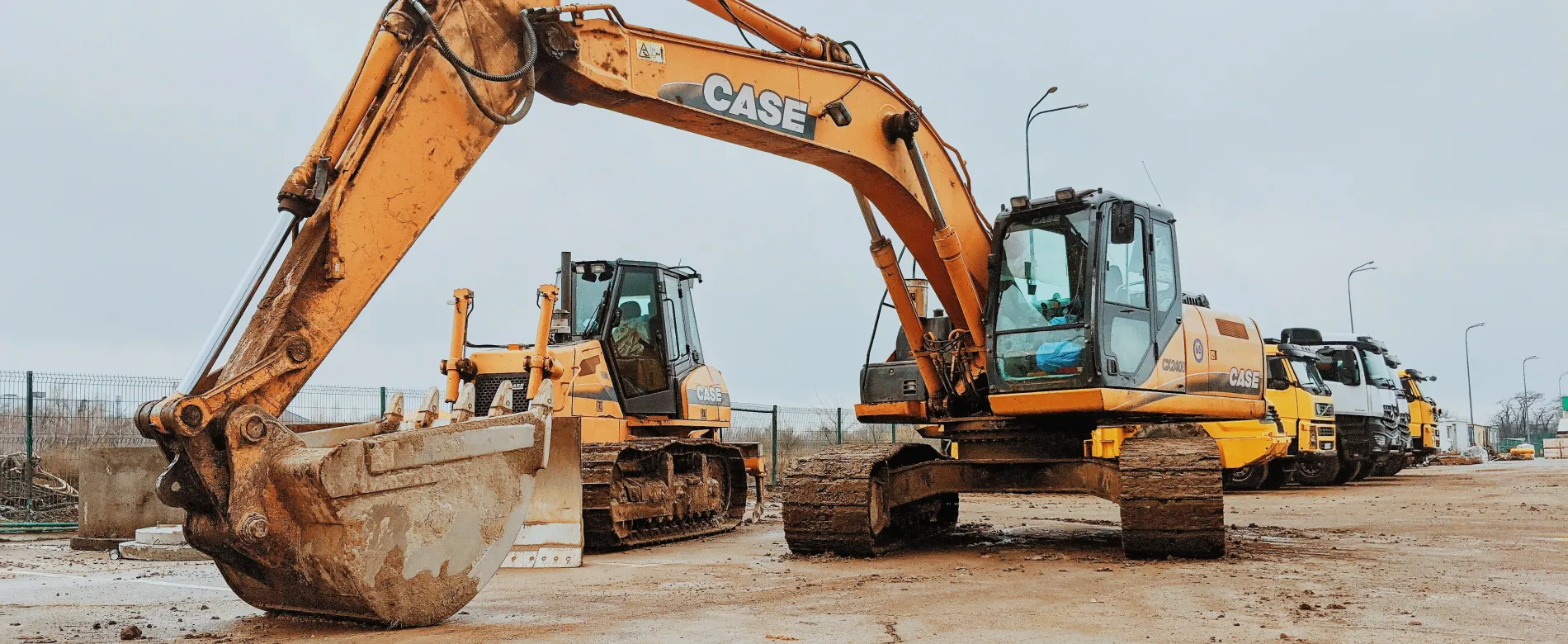Geolocation and asset tracking, an effective tool against theft on construction sites
The theft of machinery on construction sites exploded during the health crisis and especially during lockdowns that forced work to stop.
Theft and vandalism on building sites are issues that can affect productivity and drain profits.
Substantial losses
In France, 22 cases were identified in 2020 with theft of machinery worth up to €800,000 for a single piece of equipment. Over one year, it is estimated that the loss amounts to 1 billion euros.
In Britain, thefts on construction sites increased by 50% in the first two weeks of the lockdown in spring 2020.
In the US, the National Equipment Register estimates the average value of construction equipment stolen every year to be between $300 million and $1 billion. On average, less than 20% of stolen equipment is found.
For construction companies, it is not only the cost of the loss of the equipment that is to be taken into account but also the costs engendered by delays on construction sites.
How can construction companies protect themselves?
Traditional methods
Lighting
Using good lighting can be a deterrent, but unfortunately during lockdowns, a lot of thefts have been committed in full daylight day when everyone was confined to their homes.
CCTV and alarms
CCTV is, of course, a classic, but you have to opt for an active system that sends alerts in real time. There is nothing worse than watching the footage of an incident in the morning when it took place overnight.
A security guard
Certainly one of the best solutions, but an expensive one, particularly for small businesses.
Geolocation and asset tracking
Geolocation can be used for two applications both intended to protect equipment:
1. Geo-fencing
Based on geolocation software, this "virtual guarding" allows remote monitoring of an object’s location (machines, cars, containers). The system sends alerts if it leaves its assigned area or enters a prohibited area.
Geo-fencing uses data received by an on-board GPS receiver and transmitted by mobile telephony.
“Authorized” or “prohibited” zones are defined in the system which then sends alerts by email or SMS when, for example, the object enters a prohibited zone, when the vehicle has traveled too far or has exceeded a certain speed.
2. Remote monitoring – Asset Tracking
GPS tracking is the best-known geolocation system but there are other IOT solutions using device based collection like cell phone triangulation and bespoke network based like Sigfox tags.
Whatever the chosen solution, tracking an asset (tool, vehicle, RTI) requires:
- A transmitter installed on the asset (inside the vehicle for example)
- A connection (RFID, wifi, satellites, mobile phone antennas) to locate the transmitter
- A cloud platform to receive data and view the asset's position on a map
In addition to the fight against theft, geolocation is also an effective tool for asset tracking, eliminating the time wasted looking for equipment and tools on a building site and to analyze and optimize their use.
For more information about our asset tracking and geolocation solutions, visit our dedicated website, RFID Discovery.
Source :
lci.fr
dozr.com
pbctoday.co.uk

